A rice cooker or rice steamer is an automated kitchen appliance designed to boil or steam rice. It consists of a heat source, a cooking bowl, and a thermostat. The thermostat measures the temperature of the cooking bowl and controls the heat. Complex rice cookers may have many more sensors and other components, and may be multipurpose.
Purpose
Cooking rice has traditionally required constant attention to ensure the rice was cooked properly, and not burnt.
Electric rice cookers automate the process by mechanically or electronically controlling heat and timing, thus freeing up a heating element on the cooking range that had to be otherwise occupied for rice cooking.
Although the rice cooker does not necessarily speed up the cooking process, with an electric rice cooker the cook’s involvement in cooking rice is reduced to simply measuring the rice, preparing the rice properly and using the correct amount of water. Once the rice cooker is set to cook, the rice will be cooked with no further attention.
Some types of rice dishes require special ways of preparation and are not suited to the mode of cooking used by electric/gas rice cookers. These recipes include, e.g., risotto, paella, and stuffed peppers (capsicums). They must be cooked by hand.
Cooking rice with an electric rice cooker
The rice is measured and added to the inner bowl or washed in a separate bowl in order to remove loosened starch and residual bran. It is not recommended to wash rice in the inner bowl itself so as to preserve the non-stick surface. Strainers are often used in the washing and draining process. For better texture and taste, some types of rice, e.g., Japanese rice or Calrose rice which is suited for absorption method, require pre-cooking water absorption. The water absorption step typically involves letting the rice stand for at least 5 min after draining water from the washing step and soaking the rice in the measured water for at least 15 min (or some claim[who?] it to be 1 hour) before cooking. The water draining step is colloquially believed to make the water measurement more accurate, if the water is measured and added after the initial water absorption that takes place in the washing step. Some people prefer to achieve the water absorption by simply leaving the rice soaking in the rice cooker overnight before starting cooking in the morning. Some other types of rice, e.g., long-grain rice or scented rice such as jasmine rice, do not require washing or the water absorption step. The water for cooking is added to the inner bowl by using measuring cups or simply filling up to the appropriate graduated mark in the inner bowl. Although cold water is normally added, boiling water is used for cooking sushi rice.
Different kinds of rice require different amounts of water. Usually, there are graduated marks for the right amount of water only for white rice, but sometimes there are separate scales for brown rice (as more water is required) or for cooking other food in the appliance.
Once the lid is closed and the cooking cycle has been activated, the rice cooker does the rest. Most models give a countdown in minutes to the “ready time,” or beep when done. After cooking cycle is completed, it is recommended that the rice is to “rest” for 5 minute for post-absorption and then to be stirred to prevent the grains from clinging to each other too hard. Some rice, e.g., long-grain or scented rice, do not seem to require this post-absorption step.
Some higher-end models automatically time the soaking (pre-cooking water absorption) and the resting periods, therefore, there is no need to manually manage the water absorption or time these steps.

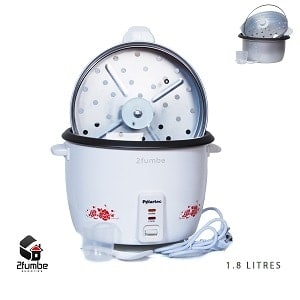
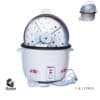
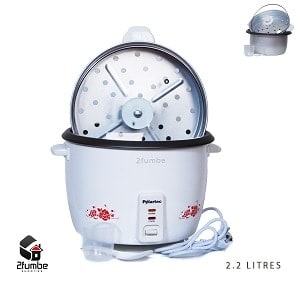
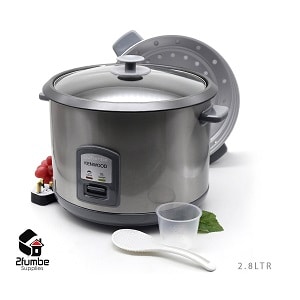
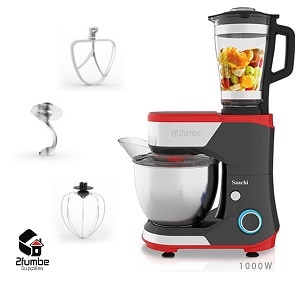
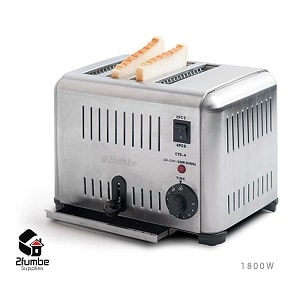
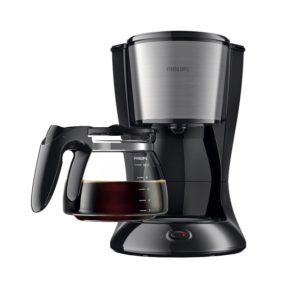
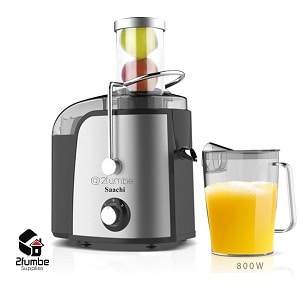
Reviews
There are no reviews yet.